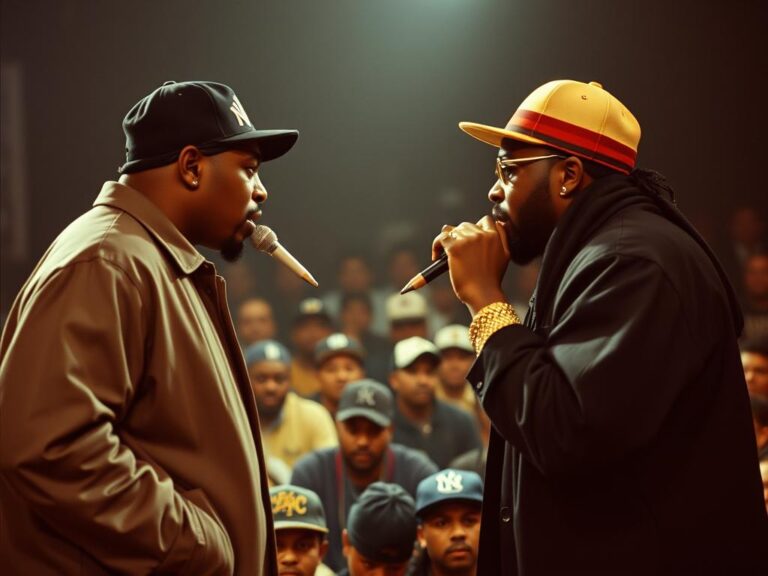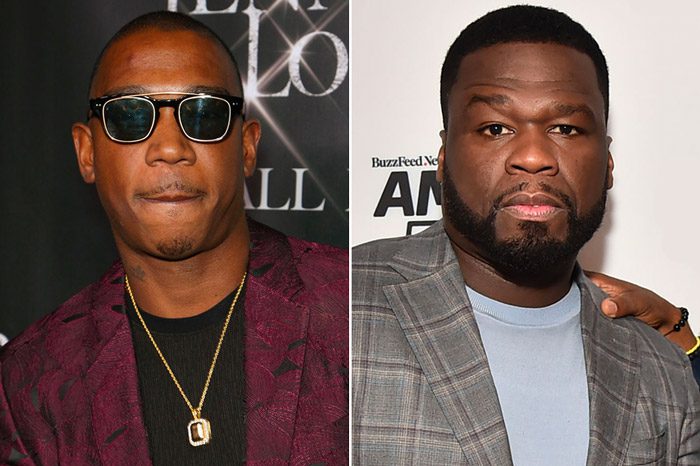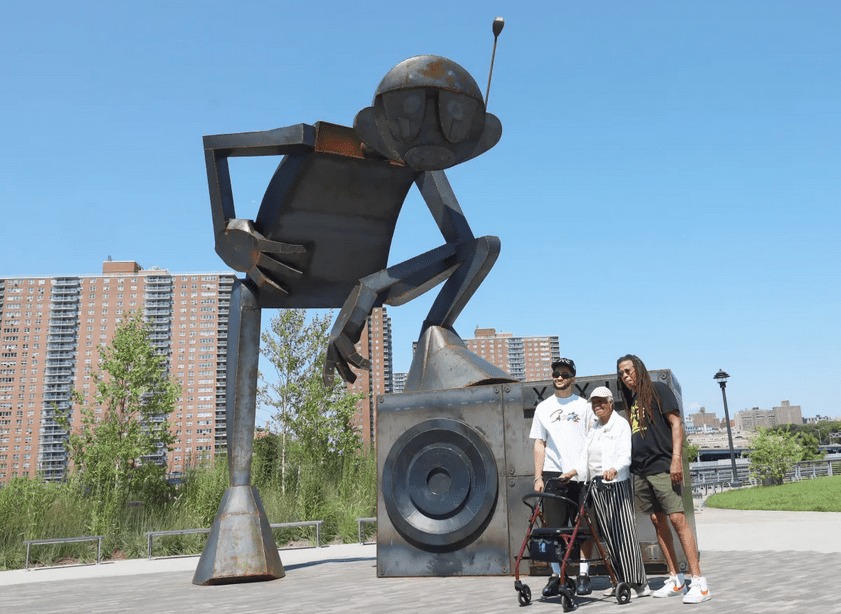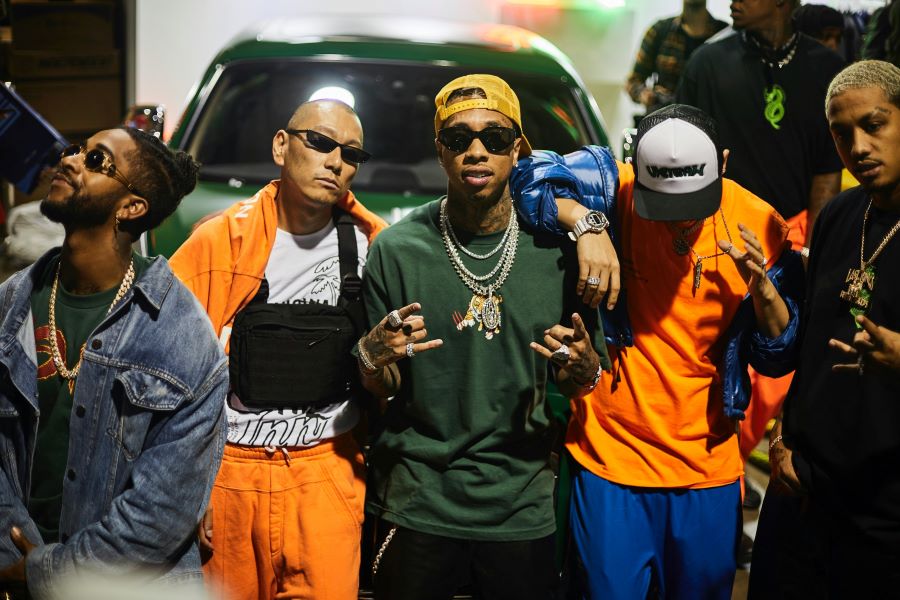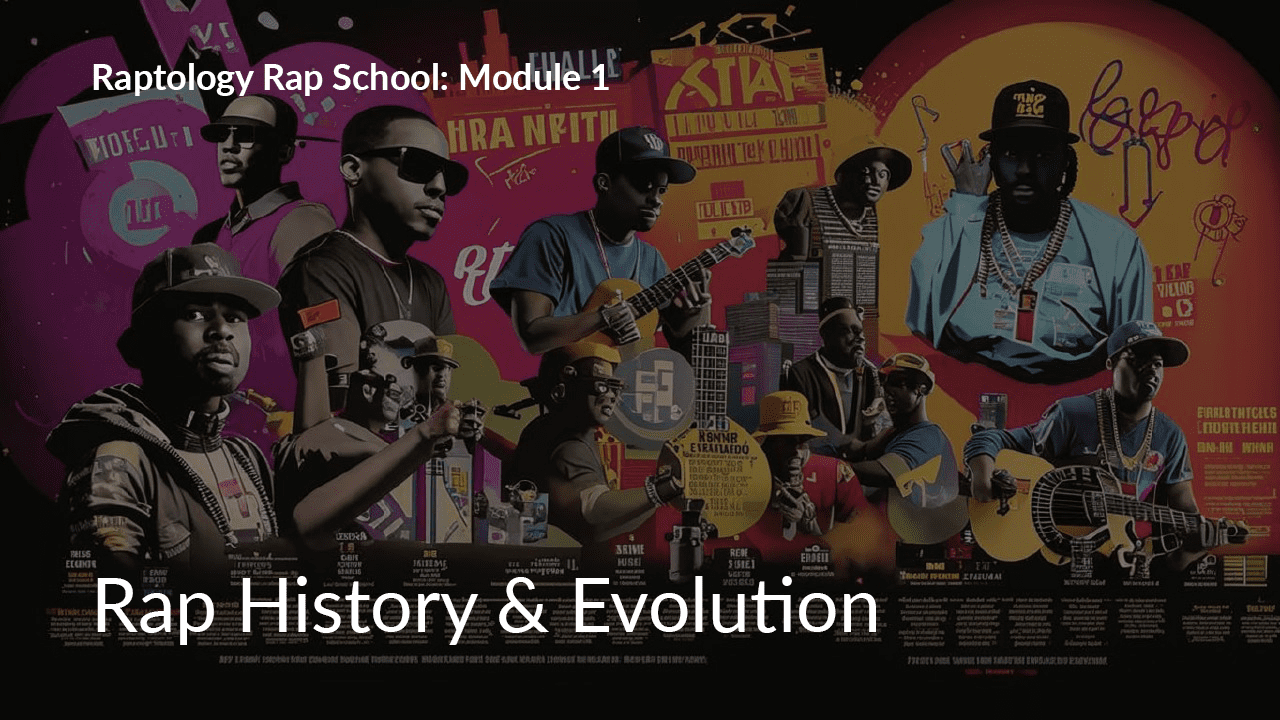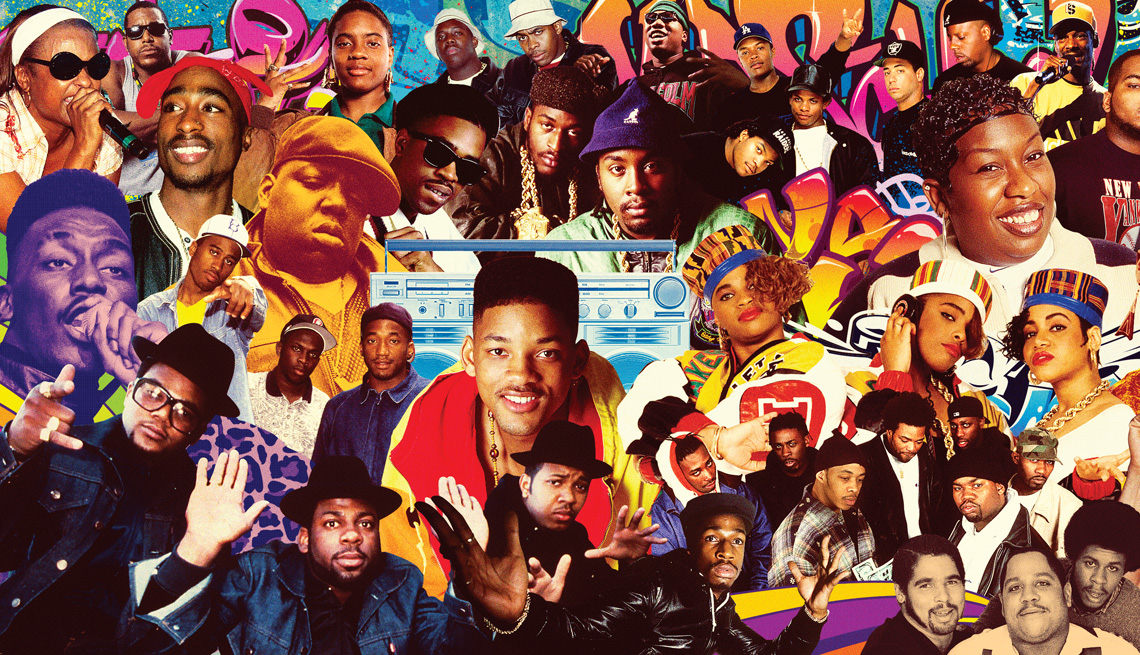Today’s battle rap scene bears little resemblance to its origins, having transformed from improvised exchanges over beats to meticulously crafted a cappella performances that can last upwards of 30 minutes. Yet despite these changes, battle rap remains a vital cultural force that continues to influence mainstream music, comedy, and entertainment. This article traces battle rap’s remarkable journey and examines how this once-underground phenomenon has become a global movement with its own stars, leagues, and economic ecosystem.
Historical Origins: The Roots of Battle Rap
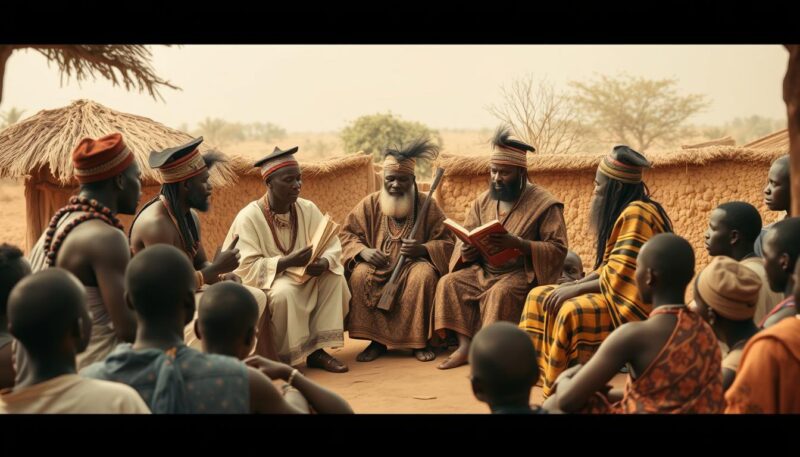
African griots performing traditional oral poetry, an early precursor to modern battle rap
Battle rap’s lineage extends far beyond the birth of hip-hop itself, tracing back to ancient African oral traditions. The art of verbal combat has deep roots in practices like “flyting” (ritualized verbal exchanges) and the performances of West African griots, who served as historians, storytellers, and verbal artists within their communities. These traditions emphasized quick thinking, rhythmic speech, and the ability to craft compelling narratives—all skills that would later become central to battle rap.
In American culture, similar verbal competitions emerged in African-American communities through practices like “the dozens” or “playing the dozens”—ritualized insult contests where participants would trade increasingly creative barbs, often about each other’s family members. These exchanges weren’t merely recreational; they helped develop resilience, quick thinking, and verbal dexterity—skills that proved valuable in navigating hostile social environments.
The Birth of Modern Battle Rap
The direct predecessor to modern battle rap emerged in the early 1980s alongside hip-hop’s other foundational elements: DJing, breaking, and graffiti. As block parties became the cultural centers of neighborhoods in the Bronx and Harlem, MCs would compete for audience approval and neighborhood bragging rights. One of the earliest documented battles occurred in December 1981, when Kool Moe Dee challenged Busy Bee Starski in a confrontation that many historians consider a pivotal moment in battle rap’s development.
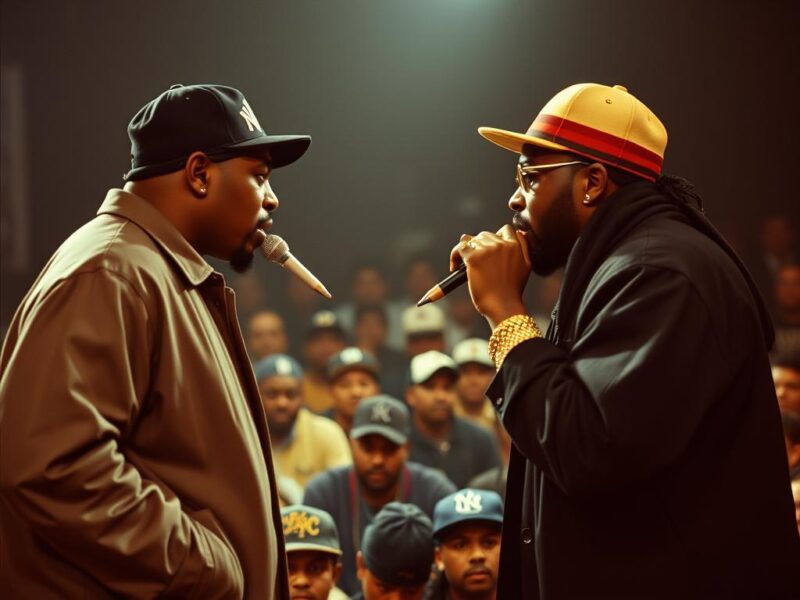
Recreation of the historic 1981 battle between Kool Moe Dee and Busy Bee Starski
This confrontation marked a significant shift in rap battling. As KRS-One later noted in the documentary “Beef,” Busy Bee’s defeat signaled that “no longer was an MC just a crowd-pleasing comedian with a slick tongue; he was a commentator and a storyteller.” The battle established a new standard that prioritized content and lyrical ability over simple crowd control.
The Era of Rap Feuds
Throughout the late 1980s and early 1990s, battle rap expanded beyond in-person confrontations to include recorded “diss tracks” that allowed rivalries to play out on wax. Legendary conflicts like the Roxanne Wars (1984-1985), Juice Crew vs. Boogie Down Productions (1986-1988), and LL Cool J vs. Kool Moe Dee (1987-1991) captivated audiences and demonstrated how battle rap could drive record sales and public interest.
These recorded battles differed from today’s format but established important precedents. They emphasized research about opponents, clever wordplay, and the ability to craft narratives that would resonate with listeners. Perhaps most importantly, they showed how battle rap could serve as a vehicle for establishing and defending one’s position in the hip-hop hierarchy.
The Golden Era: The Rise of Battle Leagues
The late 1990s and early 2000s marked a transformative period for battle rap as it began to develop its own dedicated infrastructure. This era saw the emergence of organized battle leagues that provided consistent platforms for MCs to showcase their skills outside the traditional music industry.
Freestyle Battles and Fight Klub

Fight Klub battle rap competition showcasing the raw energy of early organized battles
Fight Klub, founded in the early 2000s, represented one of the first attempts to formalize battle rap competitions. Hosted by DJ Cipha Sounds, these events featured one-round battles over instrumentals, with competitors given 60 seconds to outperform their opponents. The format emphasized improvisation, with participants expected to freestyle rather than recite pre-written verses.
Fight Klub gained significant attention when it began airing on MTV2, bringing battle rap to television audiences and helping to launch the careers of notable MCs like Jin, who became the first Asian-American rapper to sign with a major label after his impressive seven-week winning streak on BET’s “Freestyle Friday.”
The Smack DVD Era
While Fight Klub brought battle rap to television, another revolutionary development was taking place on the streets of New York. Troy “Smack” Mitchell began recording battles between established street rappers like Serius Jones, Loaded Lux, Murda Mook, and T-Rex, distributing the footage on hand-sold DVDs—a cutting-edge technological approach at the time.
The Smack DVD battles differed significantly from Fight Klub’s format. They typically featured longer rounds without beats, allowing for more complex rhyme schemes and detailed personal attacks. This format would eventually evolve into the dominant style of contemporary battle rap.
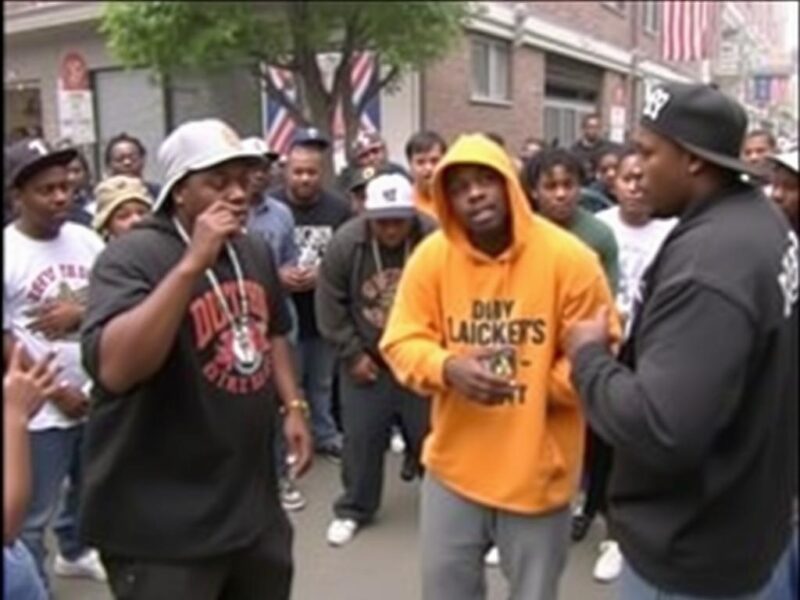
A Smack DVD battle featuring early battle rap legends from the mid-2000s
Grind Time and the YouTube Revolution
The advent of YouTube in 2005 revolutionized battle rap by providing an accessible platform for distributing content. Grind Time, founded by Drect in 2008, became the first battle league to fully leverage this new medium, uploading battles shortly after they occurred and reaching global audiences.
Grind Time’s approach democratized battle rap, allowing talented MCs from across the country to gain recognition regardless of their location or connections. The league fostered a more technical style that emphasized complex wordplay, multisyllabic rhyme schemes, and clever punchlines over the aggressive, street-oriented approach that characterized the Smack battles.
Modern Evolution: The Transformation of Battle Rap
The early 2010s marked a pivotal moment in battle rap’s evolution, as the culture began to professionalize and expand globally. Several key developments during this period shaped the landscape we see today.
The Impact of Eminem’s “8 Mile”
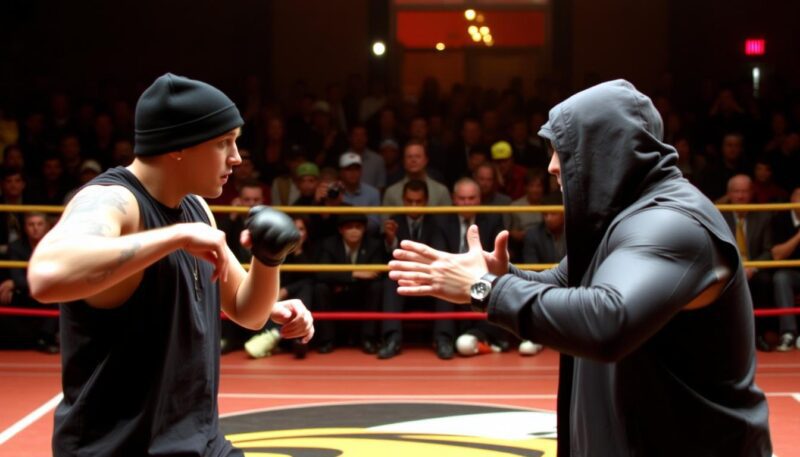
The final battle scene from “8 Mile” introduced millions of viewers to battle rap
While not directly responsible for the evolution of battle rap as a competitive sport, Eminem’s 2002 film “8 Mile” played a crucial role in introducing the concept to mainstream audiences. The film’s climactic battle scenes, particularly the final confrontation between B-Rabbit and Papa Doc, provided many viewers with their first exposure to battle rap’s competitive nature and strategic dimensions.
The film’s success helped legitimize battle rap in the public consciousness and inspired countless young MCs to try their hand at the art form. Years later, Eminem would maintain his connection to battle rap by producing the 2017 film “Bodied” and supporting events like Total Slaughter.
The Rise of Major Leagues
The early 2010s saw the emergence of several professional battle leagues that would come to dominate the landscape:
Ultimate Rap League (URL)
Founded in 2009 by Smack, Beasley, and Cheeko, URL evolved from the Smack DVD series into the self-proclaimed “WWE of battle rap.” The league focused on street-oriented content and emphasized performance alongside lyrical ability. URL’s flagship events like Summer Madness and Night of Main Events became the most prestigious stages in battle rap.
King of the Dot (KOTD)
Founded in 2008 by Organik in Toronto, KOTD became North America’s premier international battle league. With a more diverse roster than URL, KOTD embraced various styles and helped bridge the gap between battle rap’s different communities. The league’s World Domination events brought together talent from across the globe.
Don’t Flop
Founded in 2008 by Eurgh in the UK, Don’t Flop helped establish battle rap as a global phenomenon. The league developed a distinctly British approach to battling that incorporated humor, wordplay, and cultural references specific to UK audiences while still maintaining technical excellence.

Modern battle rap events feature professional production, large venues, and dedicated fan bases
The Streaming Revolution and Global Expansion
As battle rap continued to grow, the culture expanded beyond YouTube to embrace new platforms and business models. URL partnered with Caffeine in 2020 to stream events live, while KOTD launched a subscription-based app to distribute content directly to fans. These developments helped battle leagues monetize their content more effectively and reduce their dependence on YouTube’s advertising model.
Simultaneously, battle rap continued its global expansion, with thriving scenes emerging in countries like the Philippines (FlipTop Battle League), Russia (VERSUS Battle), Australia (Got Beef?), and Brazil (Batalha do Conhecimento). Each of these scenes developed its own distinctive style while remaining connected to the global battle rap community.
Battle Rap as Performance Art
Perhaps the most significant evolution in modern battle rap has been its transformation into a sophisticated form of performance art. Today’s top battlers craft intricate, thematically coherent rounds that can last up to 15 minutes, incorporating elements of storytelling, comedy, social commentary, and technical wordplay.
This evolution is exemplified by legendary performances like Loaded Lux’s third round against Calicoe at Summer Madness 2 (2012), which transcended simple insults to deliver a sermon-like meditation on fatherhood and responsibility. Similarly, battles like Daylyt vs. Oops and B Dot vs. Th3 Saga have incorporated sophisticated discussions of race, religion, and identity politics.

Loaded Lux’s iconic “grey hoodie” performance against Calicoe revolutionized battle rap
Current Trends: Battle Rap Today
As battle rap enters the 2020s, several key trends are shaping its continued evolution and expanding its cultural footprint.
Mainstream Recognition and Celebrity Involvement
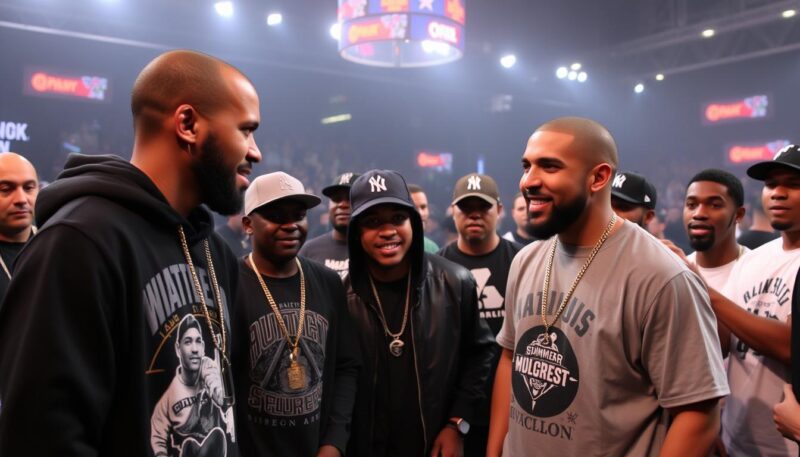
Drake hosting a high-profile battle rap event, demonstrating increasing celebrity involvement
Battle rap has increasingly attracted attention from mainstream artists and celebrities. Drake has been a longtime supporter, hosting events and referencing battlers in his music. Other artists like Method Man, Joe Budden, and Chance the Rapper have openly embraced the culture, while celebrities like Diddy, Busta Rhymes, and even NBA stars have attended major events.
This mainstream recognition reached new heights in 2021 when Drake partnered with URL to present “Til Death Do Us Part,” a card featuring some of battle rap’s biggest names. The event demonstrated how battle rap has evolved from an underground phenomenon to a cultural force capable of attracting significant investment and attention.
The Rise of Female Battle Rappers
While battle rap has historically been male-dominated, recent years have seen an explosion in the prominence and recognition of female battlers. Leagues like Queen of the Ring, founded by Babs Bunny and Vague in 2010, provided the initial platform, but female battlers have increasingly broken through to perform on major stages alongside their male counterparts.
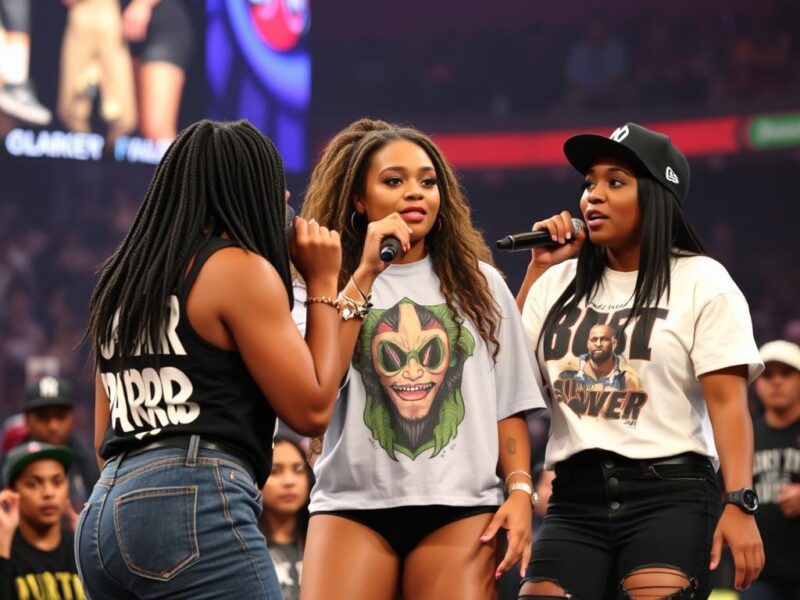
Female battle rappers have gained increasing prominence on major platforms
Performers like Jaz the Rapper, Official, 40 BARRS, and Ms. Hustle have established themselves as elite talents capable of delivering the same level of performance, writing, and crowd control as their male counterparts. The Chrome 23 league, founded by rapper Remy Ma in 2022, represents the latest development in this trend, offering substantial purses and high-profile platforms exclusively for female battlers.
The Influence of Battle Rap on Mainstream Music
The relationship between battle rap and mainstream hip-hop has always been complex, but recent years have seen increasing cross-pollination between the two worlds. Battle rap’s emphasis on lyricism, wordplay, and competitive spirit has influenced a generation of recording artists, many of whom have battle experience themselves.
This influence became particularly visible in 2023-2024 with the high-profile feud between Drake and Kendrick Lamar, which incorporated many battle rap techniques and even direct references to the culture. The conflict demonstrated how battle rap’s approach to competition and verbal warfare has permeated mainstream hip-hop discourse.
Corporate Sponsorships and Business Evolution
As battle rap has grown in popularity, it has attracted increasing corporate interest. Brands like Foot Locker, Monster Energy, and various clothing companies have sponsored events or individual battlers, providing new revenue streams for the culture. This corporate involvement has helped professionalize the business side of battle rap, with higher production values and larger purses for performers.
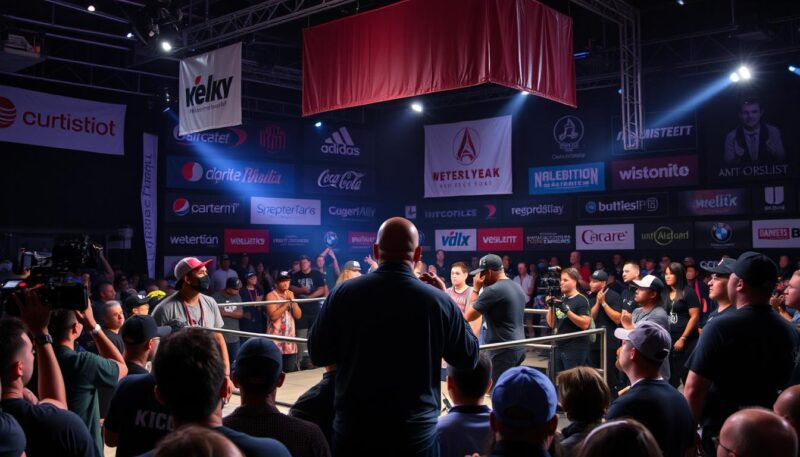
Corporate sponsorships have helped professionalize battle rap events
Simultaneously, battle rappers have become increasingly entrepreneurial, leveraging their platforms to launch podcasts, clothing lines, music careers, and other business ventures. Figures like Math Hoffa (My Expert Opinion), Geechi Gotti (The Riot Network), and Aye Verb have built substantial media presences that extend their influence beyond battles themselves.
Technological Innovation and New Formats
The COVID-19 pandemic forced battle rap to adapt quickly, leading to innovations like the “small room” format popularized by URL’s Volume series and remote battles conducted via video conferencing. While in-person events have returned, these new formats have remained part of the culture, offering different creative possibilities for performers.
Other technological innovations include the rise of battle rap apps, pay-per-view streaming models, and enhanced production techniques that improve the viewing experience. These developments have helped battle rap reach new audiences while providing more sustainable business models for leagues and performers.
Conclusion: The Future of Battle Rap
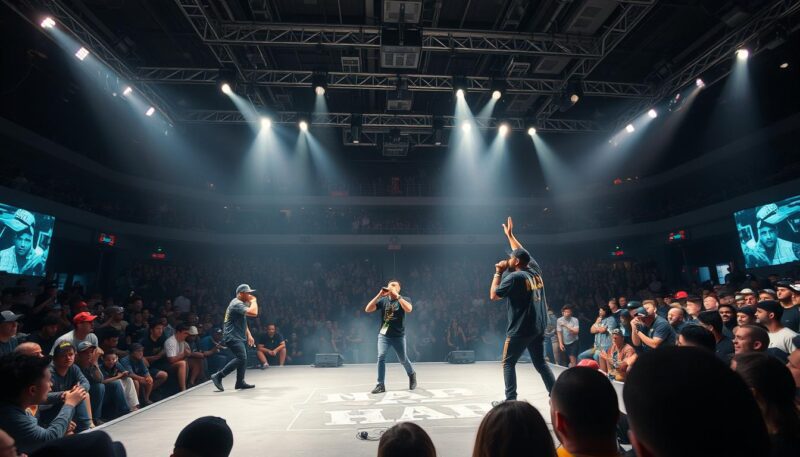
Battle rap has evolved from street corners to mainstream entertainment while maintaining its competitive essence
From its roots in ancient oral traditions to its current status as a global cultural phenomenon, battle rap has undergone a remarkable evolution while maintaining its core essence: the celebration of verbal dexterity, quick thinking, and competitive spirit. Today’s battle rap scene represents a unique fusion of traditional elements with modern business practices, technological innovation, and artistic sophistication.
As battle rap continues to evolve, several questions remain about its future trajectory. Will the culture maintain its independence, or will it be increasingly absorbed into mainstream entertainment? Can battle rap preserve its raw, unfiltered nature while attracting broader audiences and corporate support? And how will the next generation of battlers build upon the foundation laid by legends like Loaded Lux, Murda Mook, Dizaster, and Hollow Da Don?
Whatever the answers to these questions, battle rap’s journey from street corners to mainstream stages stands as a testament to the power of authentic cultural expression and the enduring appeal of verbal competition. In an era of increasingly polished and sanitized entertainment, battle rap continues to offer something rare: a space where raw talent, hard work, and creative brilliance are the only currency that truly matters.
Further Watching: 5 Legendary Battles
To truly understand battle rap’s evolution and impact, check out these five legendary battles that showcase different eras and styles:
Loaded Lux vs. Calicoe (2012)
The battle that revolutionized the art form, featuring Lux’s legendary third round that transcended battle rap to deliver profound social commentary.
Dizaster vs. Dumbfoundead (2011)
A clash of styles between two West Coast legends that showcased technical ability, humor, and cultural references while breaking viewership records.
Hollow Da Don vs. Tay Roc (2015)
A masterclass in performance and crowd control between two elite battlers at the height of their powers, demonstrating the evolution of the big stage format.
Rum Nitty vs. Iron Solomon (2017)
A perfect example of modern battle rap’s technical sophistication, featuring some of the most intricate wordplay and punchlines ever delivered.
Geechi Gotti vs. Rum Nitty (2021)
The culmination of the Ultimate Madness 3 tournament, showcasing two of the modern era’s most consistent performers in a high-stakes battle for $100,000.
Discussion Question
Which modern battle rapper do you think best carries the tradition of battle rap forward? Is it the technical precision of JC, the performance mastery of Tay Roc, the consistency of Geechi Gotti, or someone else entirely?
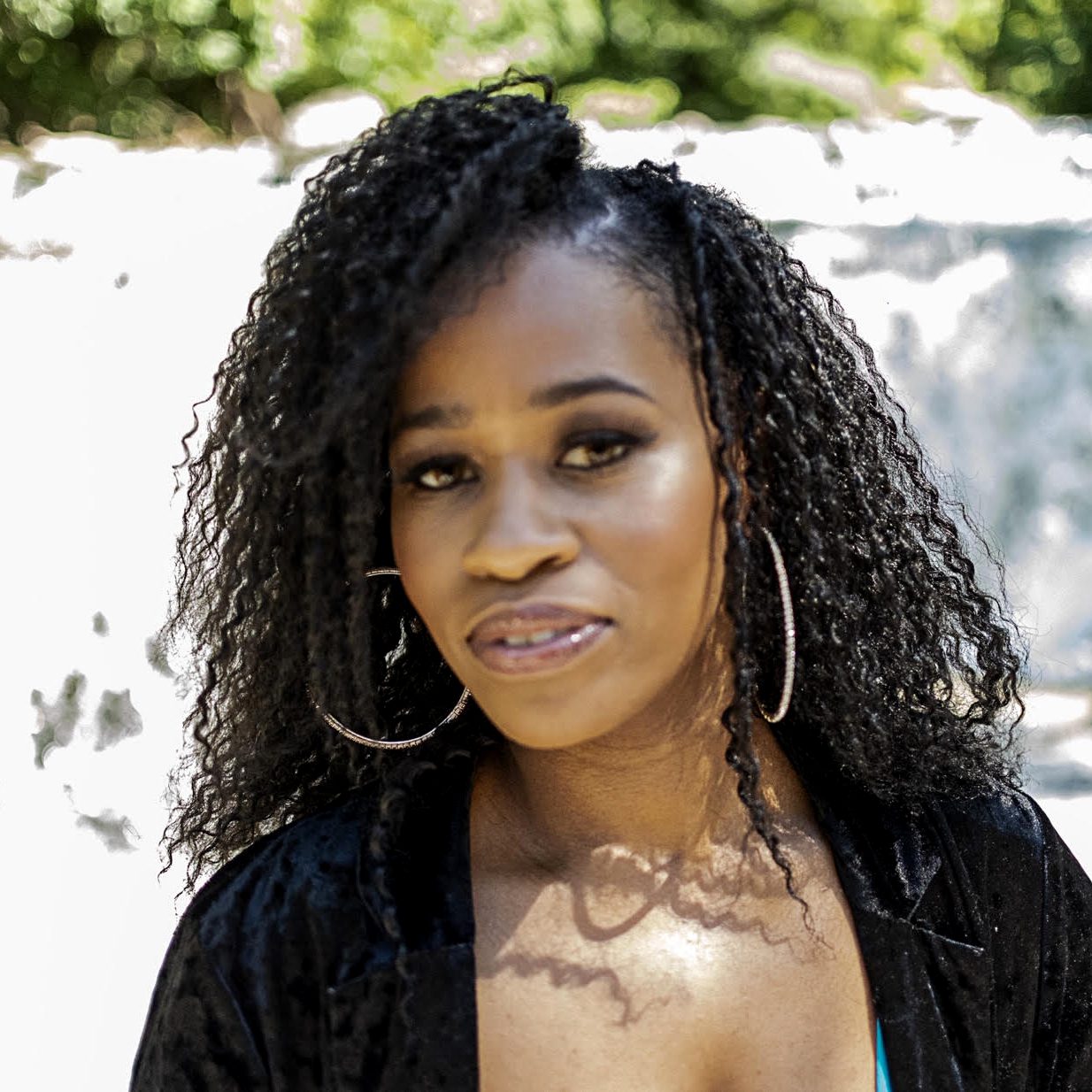
Hulda Hicks was born in Brooklyn, NY in the late ’70s, at the time when Hip-Hop music was just emerging as an art form. Her entire life was influenced by the culture, having grown up in the epicenter of the creative movement.
As a trained musician and vocalist, Hulda got exposed to the industry in her twenties and has worked on projects with iconic figures such as the Chiffons, the Last Poets, and Montell Jordan, to name a few. Her passion for music extended past the stage on to the page when she began to write ad copy and articles as a freelancer for several underground publications.
A written review from “Jubilee Huldafire” is as authentic as it gets, hailing from one creative mind that has a unique voice, on paper and in person.
Editor Picks
-
Yella Beezy Arrested for Putting A Bag On Mo3’s Head
-
10 Best Rap Blogs That Accept Music Submissions (With Emails Included)
-
Event: June 6th 2025 Theatrical Exhibition Station Six
-
The influence of hip-hop on modern online gaming experiences
-
The Allure of Las Vegas & Why Vegas-Themed Casino Games Remain a Player Favorite

